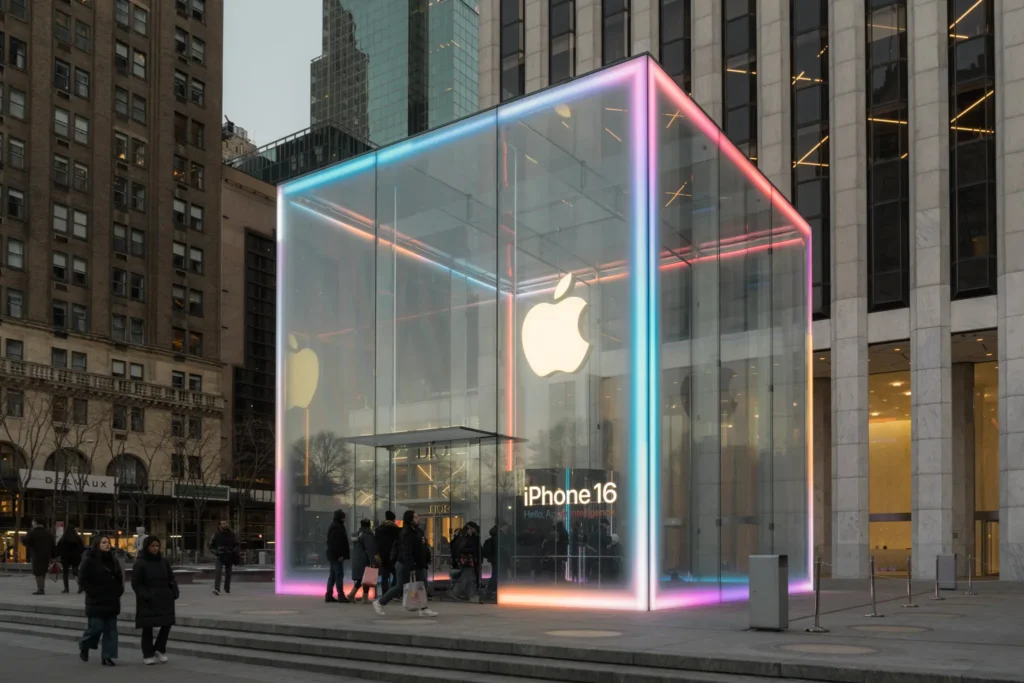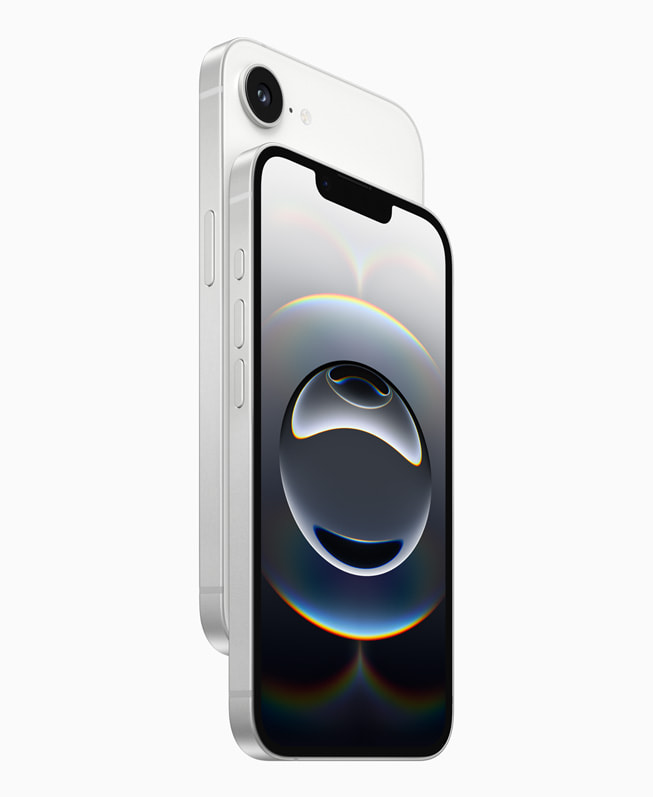Address
33-17, Q Sentral.
2A, Jalan Stesen Sentral 2, Kuala Lumpur Sentral,
50470 Federal Territory of Kuala Lumpur
Contact
+603-2701-3606
info@linkdood.com
Address
33-17, Q Sentral.
2A, Jalan Stesen Sentral 2, Kuala Lumpur Sentral,
50470 Federal Territory of Kuala Lumpur
Contact
+603-2701-3606
info@linkdood.com

Apple has once again pushed the envelope in mobile technology with the unveiling of the iPhone 16E—a device that not only redefines smartphone design but also pioneers a new frontier in artificial intelligence integration. Building on decades of innovation, Apple’s latest flagship merges advanced hardware with cutting-edge AI, setting the stage for an era where everyday tasks and creative endeavors are transformed by machine learning.

The iPhone 16E marks a strategic pivot towards embedding sophisticated AI capabilities directly into the user experience. Unlike previous iterations where AI played a supportive role, the 16E makes artificial intelligence a core component of its operating system and hardware design. Key highlights include:
Apple’s advancements are not confined solely to hardware improvements. The company is also overhauling its developer ecosystem to foster innovation:

While the excitement surrounding the iPhone 16E is palpable, it also comes with a set of challenges that the industry must address:
The introduction of the iPhone 16E signals a broader transformation within the tech industry. As smartphones become increasingly intelligent, the boundaries between hardware, software, and artificial intelligence blur. Future updates are expected to further refine these AI capabilities, potentially ushering in applications that we have yet to imagine—from enhanced virtual assistants to deeper integrations with augmented and mixed reality experiences.
Apple’s strategic investments in AI not only enhance the capabilities of its devices but also set new standards for privacy, performance, and ecosystem connectivity. As users and developers begin to explore these expanded features, the iPhone 16E stands as a testament to how artificial intelligence can be harmoniously integrated into everyday technology.
Q1: What are the standout AI features of the iPhone 16E?
A1: The iPhone 16E boasts a next-generation Neural Engine 5, enabling real-time language translation, enhanced image and scene recognition, and advanced augmented reality functionalities—all processed on-device to ensure privacy and efficiency.
Q2: How does Apple ensure user privacy with its AI capabilities?
A2: Apple’s approach prioritizes on-device processing, which means that sensitive data never leaves the device. Combined with robust encryption and transparent user controls, this design minimizes the risk of data breaches and unauthorized data sharing.
Q3: In what ways does the iPhone 16E improve upon previous models?
A3: Beyond the AI enhancements, the iPhone 16E features a refined design, improved battery life through innovative thermal management, and a more powerful chipset. These improvements translate to better overall performance, more immersive AR experiences, and a seamless integration within the Apple ecosystem.
Q4: What opportunities does the new AI framework present for developers?
A4: With updated Core ML and Vision frameworks, developers can more easily integrate advanced AI functionalities into their apps. This opens up possibilities for creating innovative applications that leverage real-time data processing, personalized user experiences, and interactive AR features.
Q5: When will the iPhone 16E be available, and what is its expected price range?
A5: While the exact release date and pricing details are yet to be officially confirmed, industry analysts predict that the iPhone 16E will launch later this year with a premium price tag reflective of its advanced AI and hardware innovations.
Apple’s iPhone 16E is more than just a new smartphone—it represents a bold step into the future of mobile technology, where artificial intelligence is seamlessly interwoven into every aspect of our digital lives. With its focus on performance, privacy, and developer empowerment, the iPhone 16E is poised to redefine what we expect from our mobile devices in the years to come.
Sources The New York Times